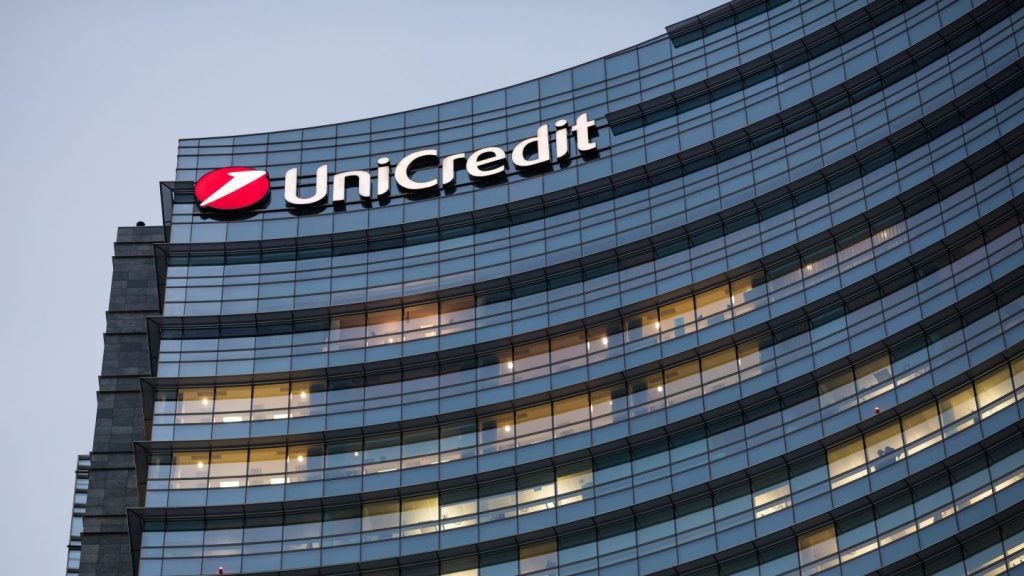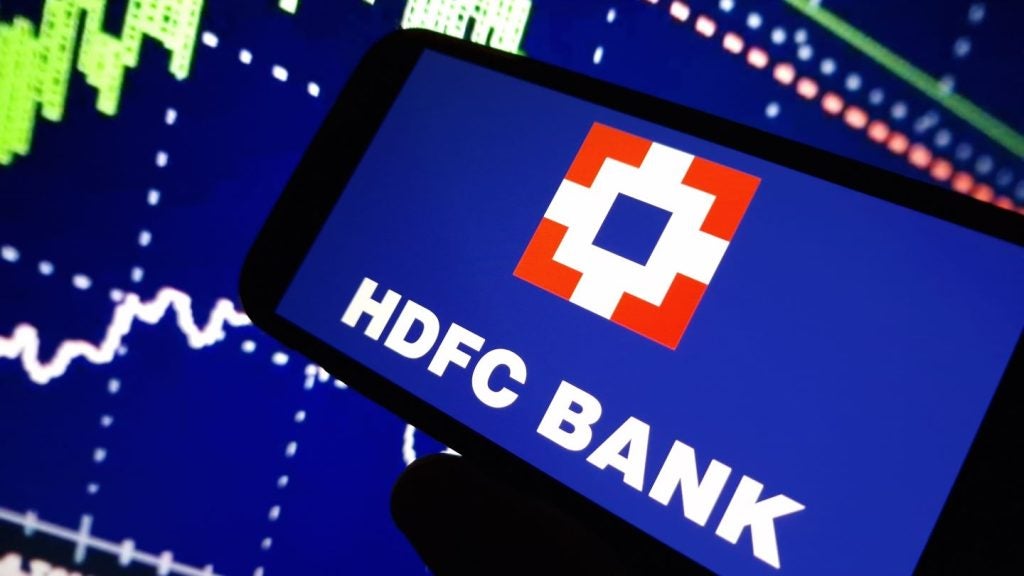Intelligent Environments (IE), an
online and mobile banking software and
consultancy provider based in the UK, has launched
mobinetic, a mobile payments platform.
James Richards, director of mobiles
at IE, told RBI: “Mobinetic gives banks a platform that
they can roll out in under 90 days without having to invest in
product development in-house, wait for a common standard or to see
which mobile operating systems prevail.
“Essentially [it offers] low risk,
high return.”
Richards said the service would
appeal to banks due to the popularity of mobile banking and the
rise in smartphone ownership.
“There is a strong consumer desire
for convenient banking services. Consumers are less brand loyal
than ever before,” he explained.
“The proliferation of smart phones,
coupled with the need for banks to put more focus on customer
service, presents mobile banking as an innovation that banks can
invest in to meet challenges in the current marketplace.”

US Tariffs are shifting - will you react or anticipate?
Don’t let policy changes catch you off guard. Stay proactive with real-time data and expert analysis.
By GlobalDataRichards emphasised that the
complexity of the mobile channel provided space for numerous
technologies and the potential for mass standardisation.
“We launched mobinetic now because
banks are looking to manage these challenges by outsourcing with a
specialist provider,” he said.
Richards added that mobile
platforms such as mobinetic can help spur banks’ revenues via
mobile marketing. In particular, “in-app marketing can support both
push and pull marketing programmes –end users can request messages
and check available offers”.
Banks can make the most of such
requests by considering the location and time, he said.
“Knowing they stand outside your
branch on a Saturday morning indicates an intention to buy that
hasn’t been able to be captured before,” Richards continued.
“Furthermore, the ability to offer media vouchers and offers,
provides the opportunity for personalisation and high impact
marketing.”
There are, he said, also
operational cost savings over time – the bank can make an
operational saving through a reduction in calls handled by its call
centres and fewer simple account queries at the branch.
The growing popularity of
smartphones is highlighted by a report from consultants KPMG.
It found that only 19% of
smartphone owners used their handset for a financial services
transaction in 2008. This year, the figure soared to 46%.
The growth in consumers among all
age groups willing to bank via their mobile phone is also
highlighted in KPMG’s Global Consumer and Covergence
Report (see chart, below).
In a separate survey, conducted by
polling organisation YouGov for IE, 25 per cent of generation Y
respondents (aged between 18 and 34) said it would improve their
opinion of their bank if it offered mobile phone banking
services.
While security is often referred to as a barrier to mobile
banking adoption, 61% of account holders surveyed said that
security concerns would not prevent them from using mobile
banking.









